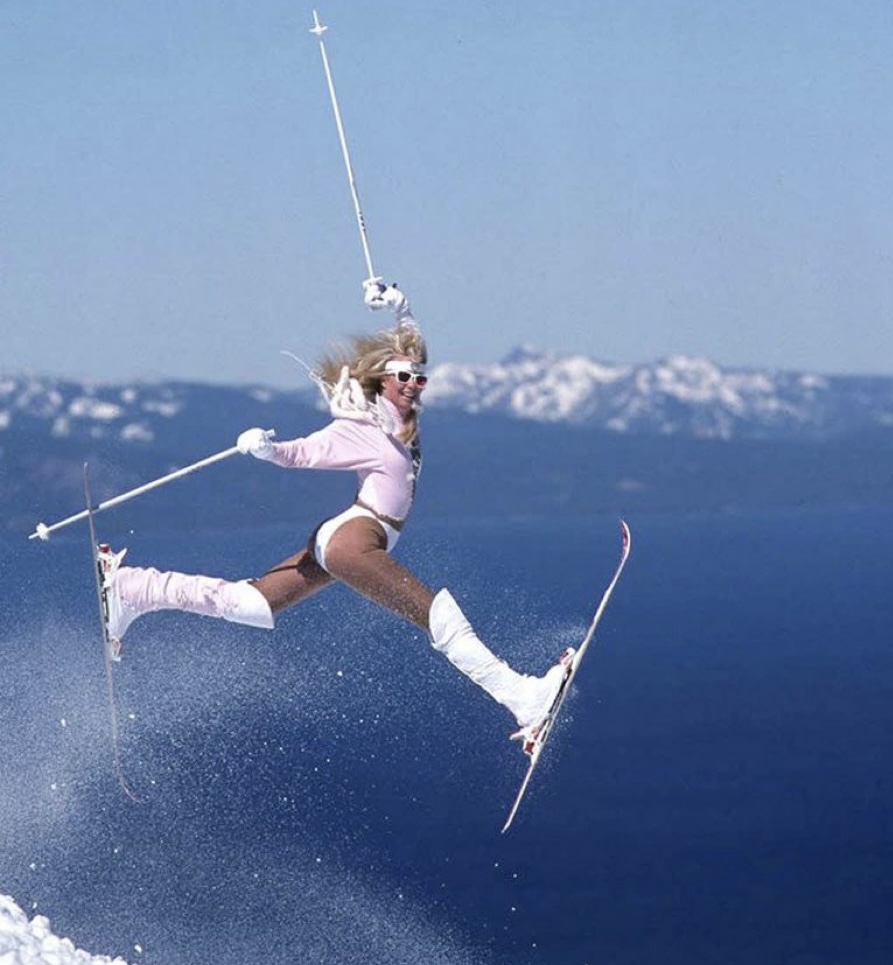
The Winter Olympic Games are not even 100 years old. The first Winter Olympics were held in 1924 in Chamonix, France, and in those 98 years some disciplines and events have come and gone. For the 2028 games in Milan/Cortina, Italy, a new discipline was added with dual moguls, taking it to a total of 16 disciplines and 116 separate events. The first Winter Olympics consisted of only nine disciplines (and 16 events):
- bobsled
- curling
- ice hockey
- military patrol
- cross-country skiing
- Nordic combined
- ski jumping
- figure skating
- speed skating
Curling was discontinued straight after the Chamonix Olympics but then was re-introduced in 1988 at the Calgary Olympics. This led us to dig a little deeper and take a look into other Olympic disciplines that either have been discontinued or were introduced as demonstration events but never made the cut. Some disciplines, like dog sledding or synchronized ice skating, you probably have heard of.
We wanted to compile a list of the more unusual winter sport disciplines that had demonstration events at the Winter Olympics but were not taken up, or events that were discontinued. Here are the 7 most interesting disciplines:
Military patrol
Military Patrol was a precursor to what we know now as ‘biathlon’. This event was a medal event in 1924 and a demonstration event in 1928, 1936, and 1948 after which it was discontinued. It was not only a combination of cross-country skiing and rifle shooting but also had a ‘patrol’ component, where four-man teams, including one officer, embarked on a 19-mile (30km) ski race. The course had to be completed by the entire patrol and competitors had to wear military uniforms, backpacks, and carry weapons. A total of six patrol teams from Finland, France, Italy, Poland, Czechoslovakia, and Switzerland set off in three-minute intervals. The Swiss team won the event with Finland in second and France in third place, while Italy and Poland withdrew due to inclement weather. The discipline appeared as a demonstration event in the following three Winter Olympics but did not score official results and was then entirely discontinued. Its closest relative in the modern day is probably the 12.5 mile (20km) biathlon race.
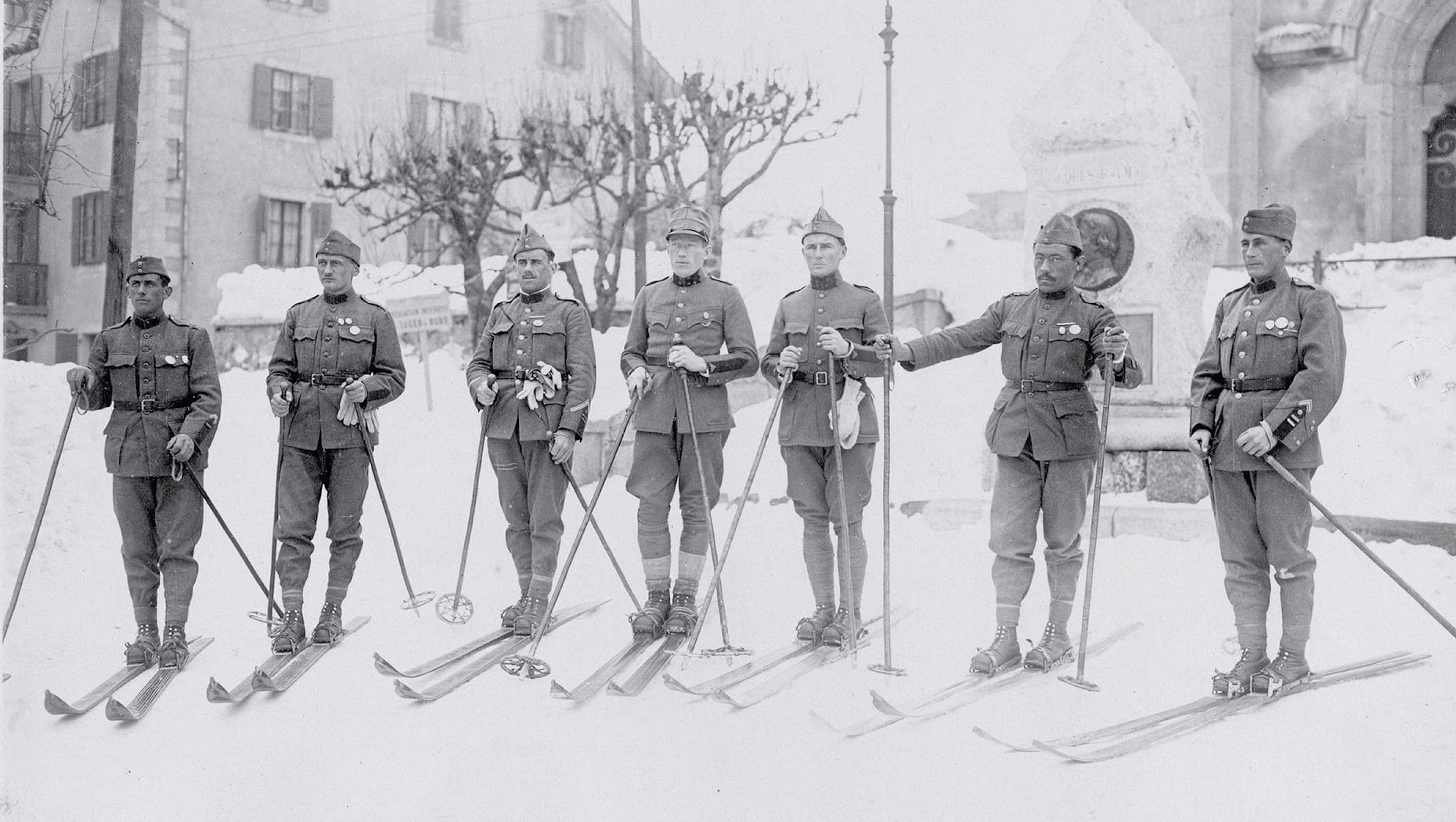
Alpinism
It’s not a discipline as such but rather an overall award for accomplishments in the previous four years for alpine accomplishments. It was awarded from 1924-1936 and then discontinued. The 1924 medal went to the participants of the 1922 Mount Everest expedition led by General Charles Granville Bruce and his second-in-command, Lieutenant Colonel Edward Strutt, along with noted climber George Mallory for their outstanding feats on the unsuccessful attempt to reach the summit. The prize included posthumous medals for seven Sherpas and a Nepalese soldier who tragically died in an avalanche. The 1932 prize went to the German brothers Franz and Tony Schmidt who were the first to climb the North Face of the Matterhorn. The 1936 medal went to Switzerland’s mountaineering couple Günter and Hettie Dyhrenfurth for their Himalayan exploration. Hettie broke the record for a woman’s highest climb by reaching an altitude of 7,500m when they climbed Sia Kangri. Her record was unbroken for 21 years.
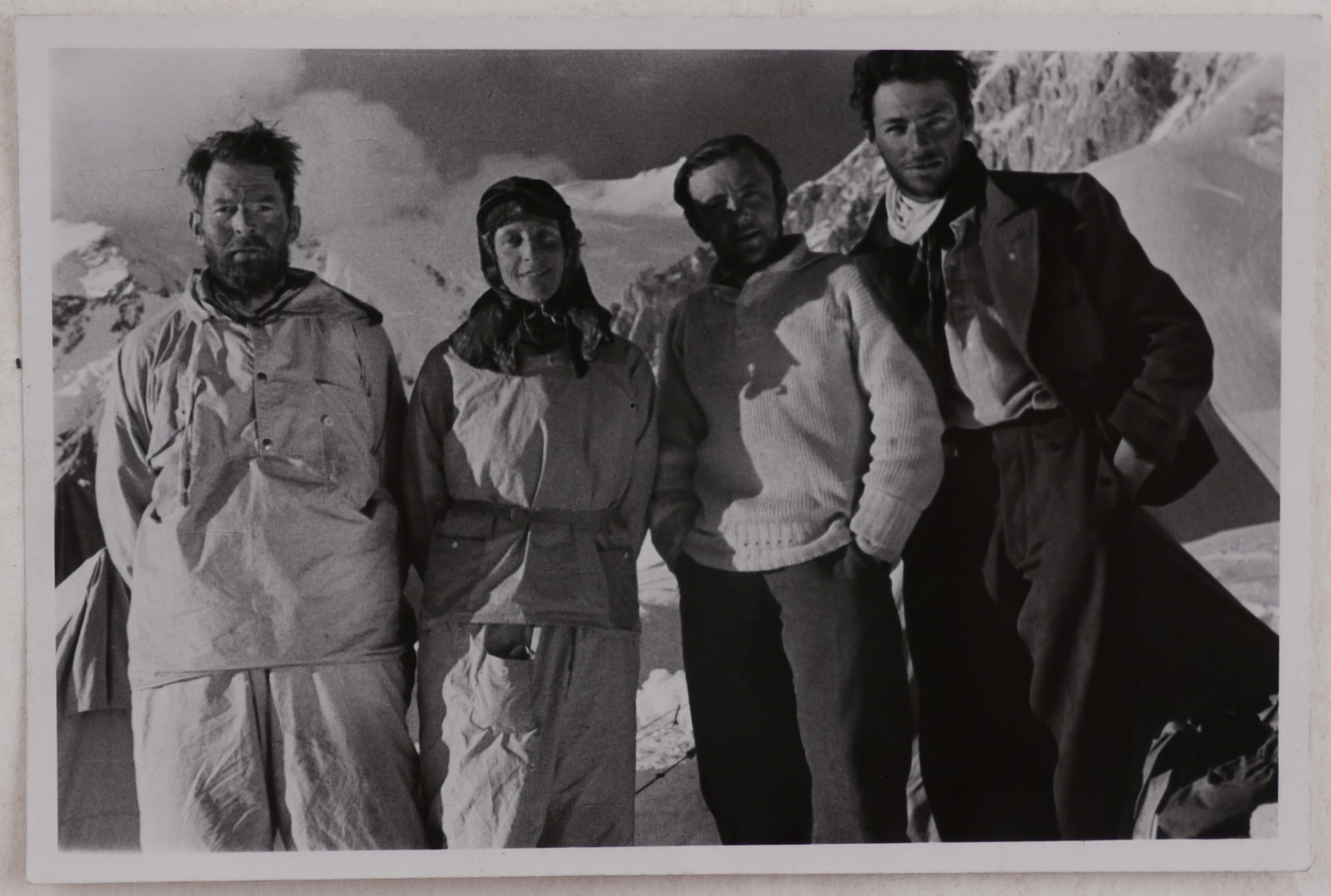
Bandy
Bandy was supposed to be included in the inaugural 1924 Chamonix Olympics, but there was a fallout between Sweden and the International Olympic Committee and the sport was not included. It was finally demonstrated in 1952 during the Oslo Olympic Games. Bandy is essentially ice hockey with a ball instead of a puck. Also known as ‘Russian Hockey’, Bandy has a lot of players in Scandinavian countries and Russia. Bandy has 11 players on a field 3.5 times larger than the NHL field. The larger ice rink enables higher speeds. Bandy players can reach a top speed of 30 mph and hit the ball over 137.5mph (220kph).
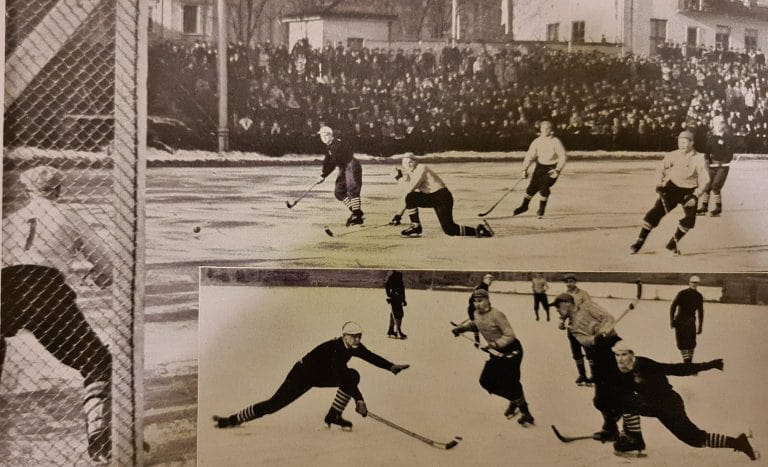
Speed Skiing
Speed Skiing had its demonstration moment at the 1992 Winter Games in Albertville, France. Gold and silver in the event went to French skiers Michael Prufer and Philippe Goitschel respectively, while Bronze went to American Jeffrey Hamilton. The winning speed was a mind-boggling 142.5 mph (229.3kph). The event was unfortunately overshadowed by the death of Swiss speed skier Nicolas Bochatay who hit a snow-groomer in a warm-up run on the morning of the finals. He had been ranked 13th after the qualifiers. The world record in speed skiing is held by Italian Ivan Origione at 158.4mph
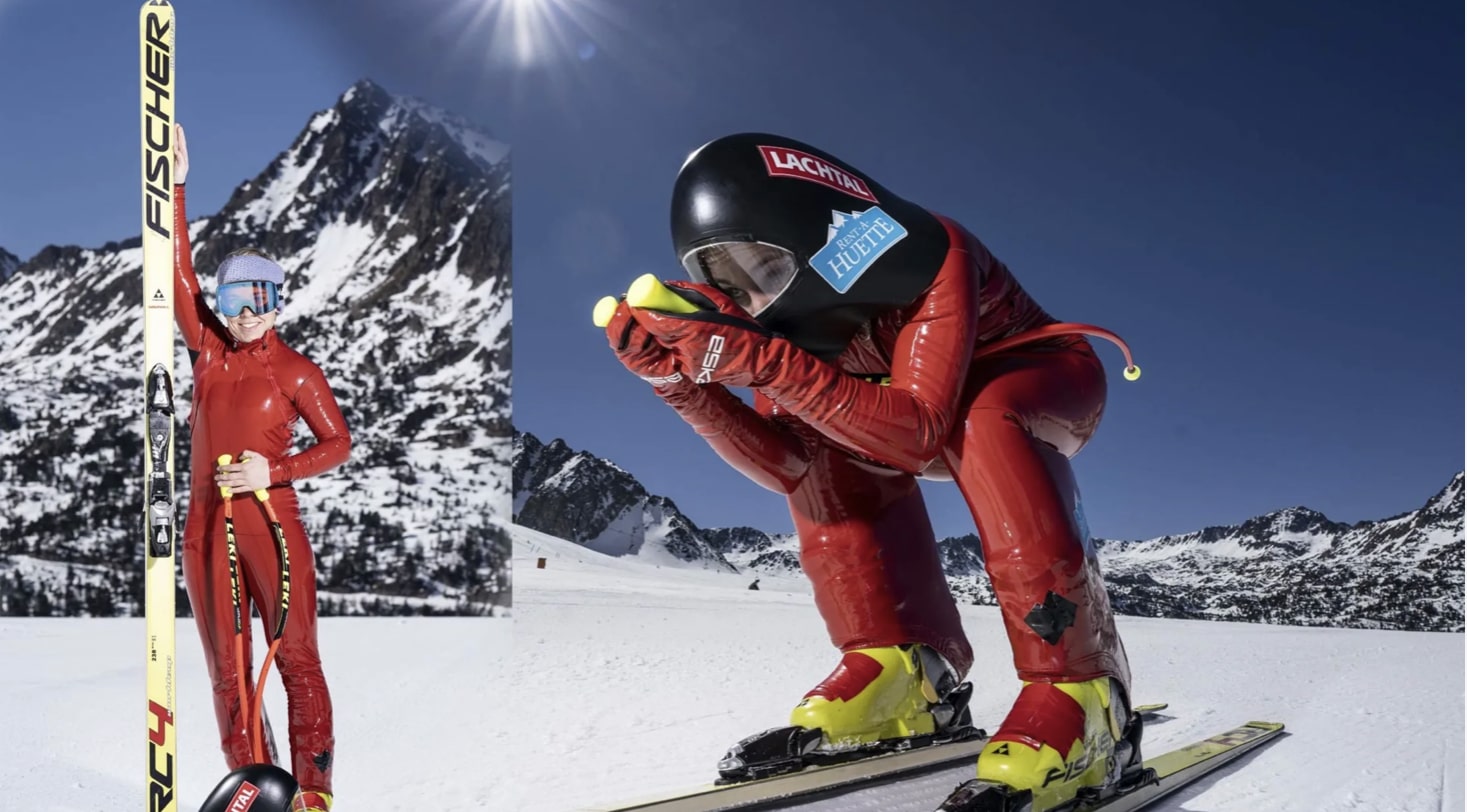
Winter Pentathlon
The Winter Pentathlon was a demonstration event at the 1948 Winter Olympics in St. Moritz, Switzerland. Similar to the Summer Game Pentathlon which also has a fencing, shooting, and equestrian element, the Winter Pentathlon has a military theme to it. The event was comprised of five disciplines, cross-country skiing, shooting, downhill skiing, fencing, and horse riding. Gold, silver, and bronze went to Sweden. The Swedes were also dominant in the Summer Olympics Modern Pentathlon. Silver medal winner Captain William Grut went on to win the Gold medal at the London Summer Olympics that same year.
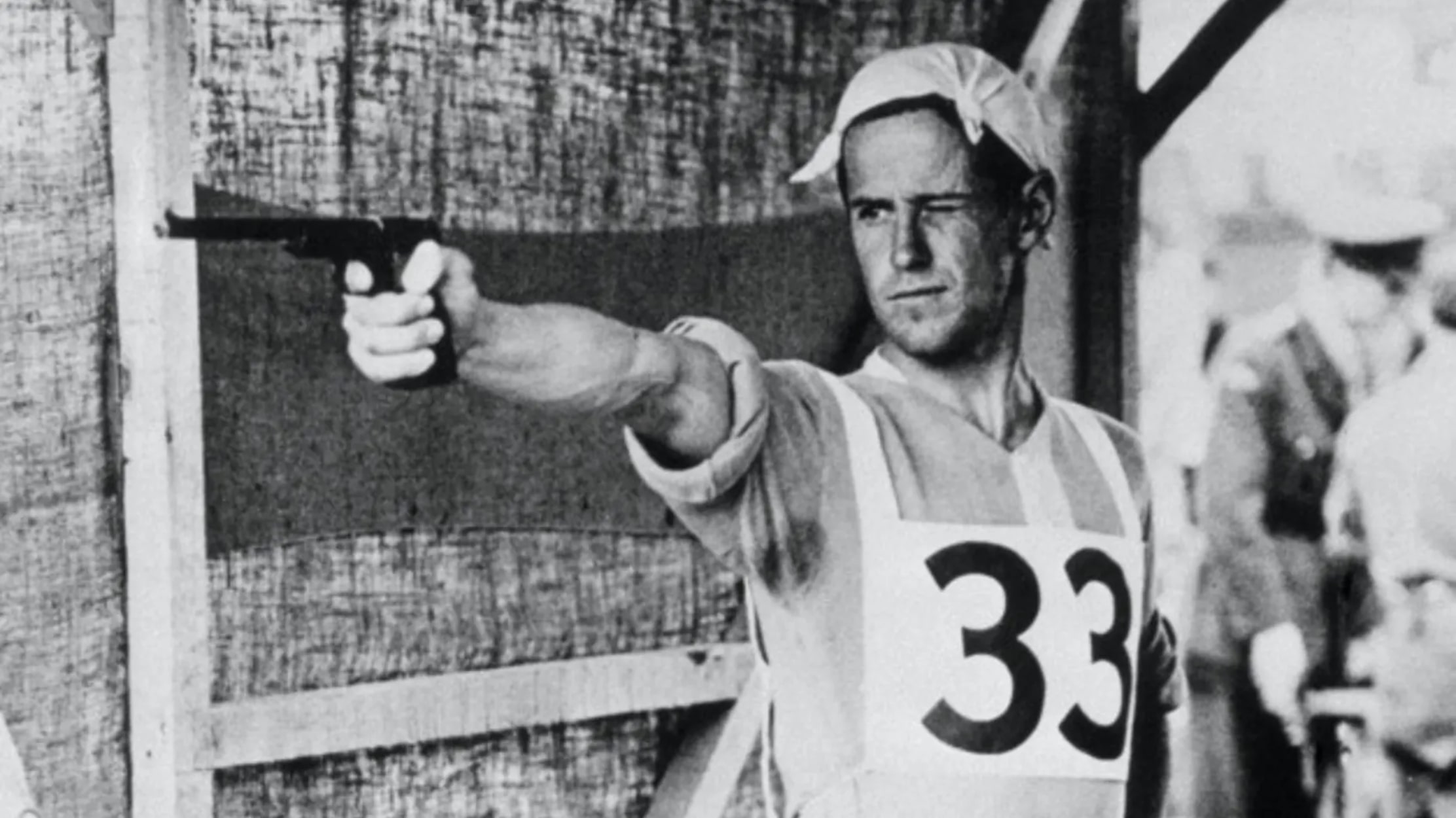
Skijoring
Skijoring was a demonstration at the 1928 Olympics in St. Moritz, Switzerland, where the race is still an annual attraction. Skijoring involves a skier being pulled behind a horse and is a timed race. It can be set up to include obstacles or jumps but the demonstration event on the frozen Lake St Moritz was on a flat race track. Skijoring originated in Scandinavia and unlike similar races found in America involves no rider. The horse is steered by the skier from behind. First, second and third place at the demonstration event went to Switzerland.
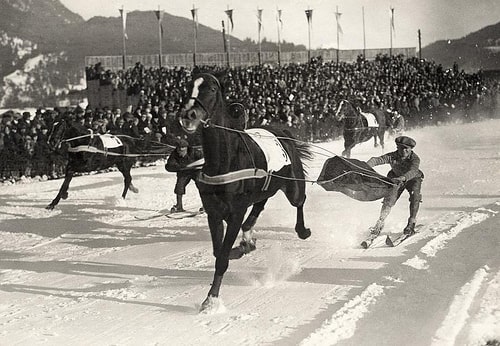
Ski Ballet
Certainly a spectator favorite, ski ballet was a demonstration event at the 1988 Olympics in Calgary, Canada, and the 1992 Olympics in Albertville, France. The discipline was also known as ‘Acroski’ and was an official FIS Freestyle discipline. It combined spins, turns, flips, and rolls, often with the use of poles, on skis in a rhythmic-sport-like choreography to music. The discipline was a judged event. Unfortunately, the sport did not make the cut, unlike mogul skiing, which was the other Freestyle discipline demonstrated in 1992.
Let us know if you think we should bring any of these disciplines back!
How come there is no ShotSki challenge?